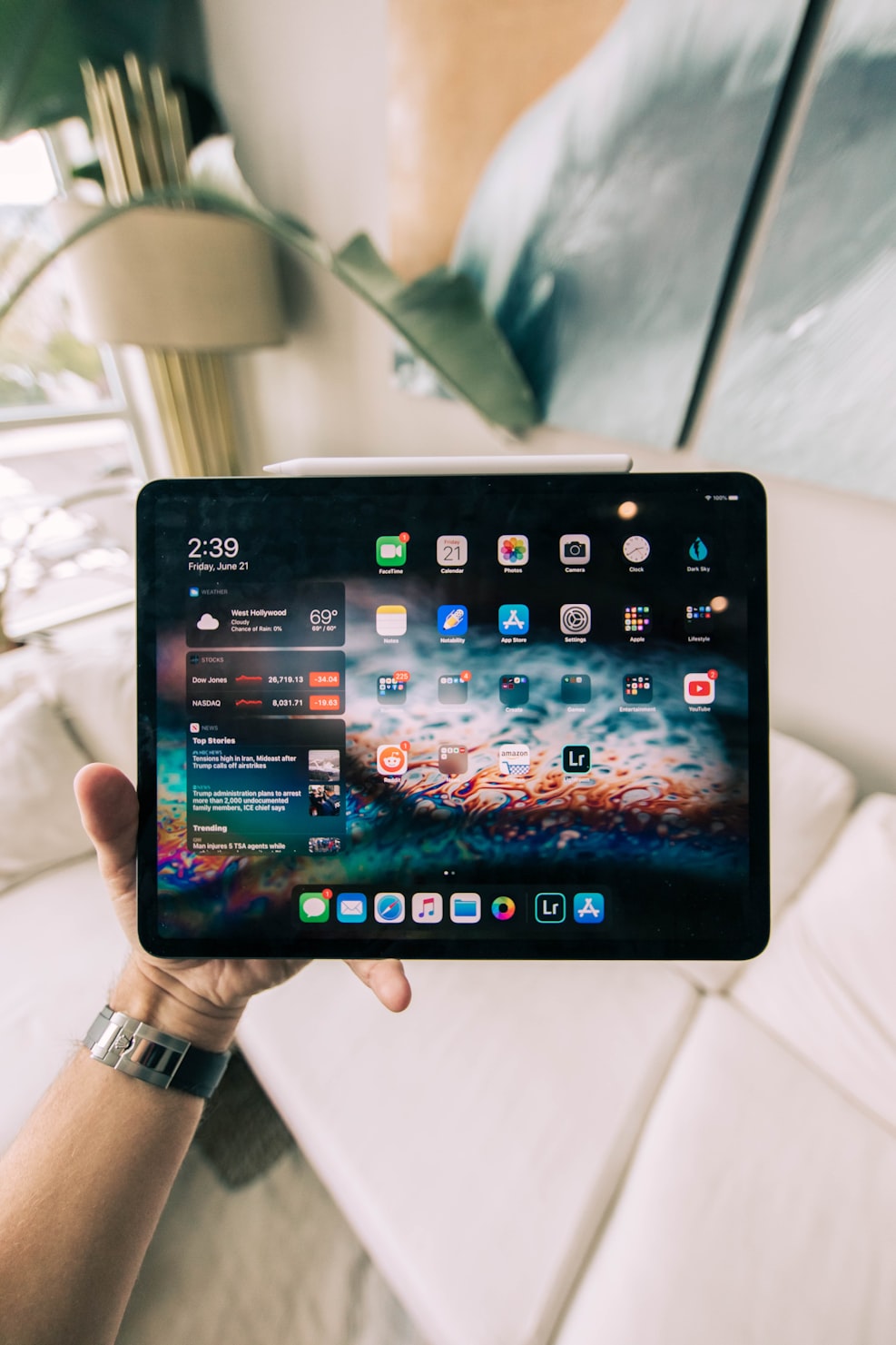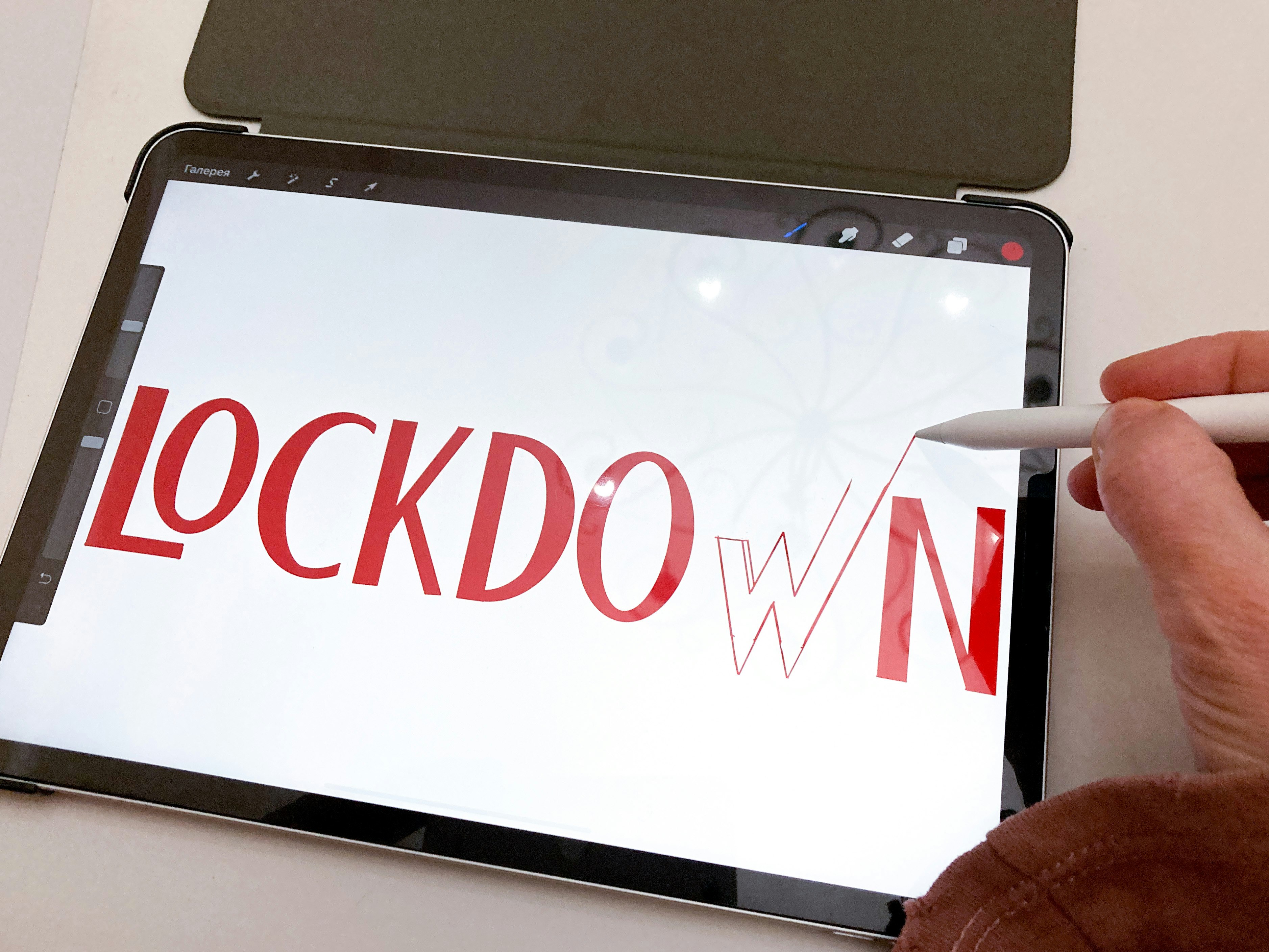Why is My iPad So Slow? How to Find Out and Fix It
Is your iPad running slower than usual or is it starting to lag or freeze after a few hours? There could be several reasons why — such as outdated software, low storage space, or corrupted apps, to name a few.
In this blog, we’ll identify the culprits that could be slowing your device’s performance, and provide a dozen different ways to fix your slow iPad.

What Causes Slow iPad Performance?
After a few years of use, it’s not uncommon for your iPad to start slowing down. Slow performance can be attributed to many different things, so if you find that your iPad is sluggish, it may be due to one or more of the following:
- Outdated software: The iPad may be running an older operating system. If you haven’t updated your iPad’s software in a while, it may be causing performance issues.
- You can check for updates by going to the Settings app > General > Software Update.
- Corrupted files or apps: Sometimes performance issues can be caused by corrupted files or apps.
- *Pro tip: Try deleting and reinstalling any problematic apps, or consider backing up your data and performing a factory reset to start fresh.
- Poor internet connection: If your internet connection is slow or unstable, it can make your iPad seem slow when browsing online.
- *Pro tip: Check your Wi-Fi signal strength and consider moving closer to the router or resetting it.
- Background App Refresh is enabled: Some apps update content in the background, which consumes processing power — slowing down your device.
- Low storage space: If your iPad is running low on storage, it can greatly impact performance. To check how much free space is available:
- Go to Settings > General > iPad Storage.
- Delete any unnecessary files or apps installed, to free up space.
- Too many apps running: When you have multiple apps open at once, or have music playing, it can cause your iPad to slow down.
- Old hardware: If your iPad model is an older one, its hardware may have difficulty keeping up with newer apps and operating system features.
- Malware or viruses: Although rare on iPads, malware or viruses could cause slowdowns.
- *Pro tip: Only install apps from the official App Store and don’t click on any suspicious links or download any foreign attachments in emails.
Oftentimes users assume that Apple has throttled their iPad, as processor speeds on older iPhones have been slowed. But, rest assured that this is probably not the reason your iPad is lagging.
In the next section, we’ll discuss the steps you can take to help fix your slow iPad.
How to Fix a Slow iPad

Now that you know the reasons why your iPad may be running slow, here are 11 tips that can potentially help you help you fix your lagging device:
1. Check your network conditions.
If your iPad is running slowly, freezing up, or has performance issues, you may want to check your network conditions. Many apps require an internet connection, so if the network you’re connected to is congested (too many people using the same network), for example — then it might take a while to open or display content. Even if you do have a strong signal, you may have to wait and try again in a different location, or connect to a different available network with a strong WiFi signal.
2. Restart your iPad.
Anytime you encounter a problem with a device, an excellent first step is to restart that device. When you restart your iPad, it removes everything from temporary memory and gives
the operating system a fresh, clean start.*Pro tip: Consider restarting your iPad on a weekly basis to clear out it’s memory, clear history, reset any crashing or closing apps, and refresh the device.
3. Close any apps that are not responding.
As a general rule of thumb, anytime an app stops responding or freezes up, it’s a good idea to force it to close and then open it again. Here’s how:
- From the Home Screen of your iPad, swipe up from the bottom of the screen and pause in the middle of the screen.
- Swipe right or left to find the app you want to close.
- Swipe up on the app’s preview to close the app.
4. Quit apps that are running in the background.
Sometimes apps will continue to run in the background even after you quit the app, and can take a toll on your iPad’s speed. Typically, these are apps that stream music such as Pandora and Spotify. This includes video streaming apps like the Apple TV app, for example. Additionally, it can’t hurt to close apps that perform other background tasks, such as checking email or your GPS location — and be sure to offload unused apps.
5. Turn off Background App Refresh.
Background App Refresh allows apps to refresh their content, even when you’re not using them. When Background App Refresh is turned on, your iPad is using RAM to refresh all of your open apps. So, you may want to turn this feature on or off on an app-by-app basis.
6. Make sure you have enough storage.
In the last section, we shared how to check your device’s storage space. For best performance, it’s recommended that you maintain 1GB of free space. If your available storage is less than 1GB, your device may slow down. Follow these steps to turn on the storage-saving recommendations:
- Tap Settings > General > Storage and read the recommendations.
- Select Enable to turn on a recommendation and review the content you can delete.
7. Turn off Low Power Mode.
Low Power Mode is a feature that extends battery life by reducing the amount of power your device uses. When in this mode, some tasks might take longer to complete. You’ll know that Low Power Mode is on when your battery icon is yellow.
8. Update to the latest iPadOS.
It goes without saying that it's important to keep the operating system up to date. This will ensure you have the most recent performance updates and the latest security fixes on your device. The latest operating system for iPad models is iPadOS 16.
9. Install an ad blocker.
This is something that many users don’t consider. If your iPad slows down when you’re browsing the web and your internet speed is good, then it might have something to do with the pages you visit. The more advertisements on a web page, the longer it takes the page to load. When you utilize an ad blocker, it will prevent ads from loading on web pages — making those web pages load in Safari more quickly. You may want to install AdBlock for Mobile, located in the App Store.
10. Keep your device from getting too hot or cold.
This is another tip that is often overlooked by iPad users. You can prevent your device from overheating by moving it to a cool location. If your iPad is being used or stored in very hot conditions, the battery life can be permanently shortened. The ideal temperature for storing your device is between -20º and 45º C (-4º to 113º F)
.11. Look at your battery health.
Unfortunately, there is not a built-in feature on the iPad like with the iPhone to check your device’s battery health. So, in order to do this on your iPad, you will need to download and install a third-party battery app such as iMazing on your computer. They offer a free trial as well as a premium edition with additional features.
We hope all of these tips have been helpful, and that you will be able to apply them if and when your iPad or any other iOS device is performing slowly.
FAQs
- Why is my iPad performing slowly?
There are many reasons that your iPad may be performing slowly such as outdated software, corrupted files or apps, poor internet connection, Background App Refresh being enabled, low storage space, multiple apps running, old hardware, and malware or viruses. - How do I fix my slow iPad?
There are many ways that you fix your slow iPad. We’ve provided 11 tips that can help speed up your device such as checking your network conditions, updating to the latest iPadOS, and making sure you have enough storage space, to name a few.


